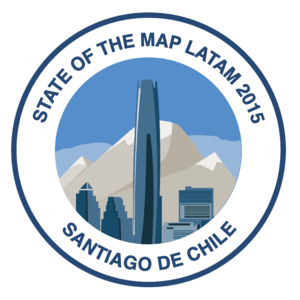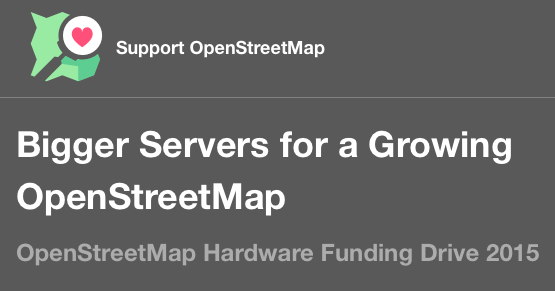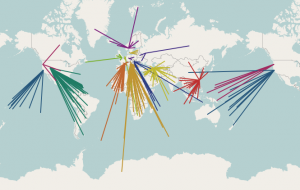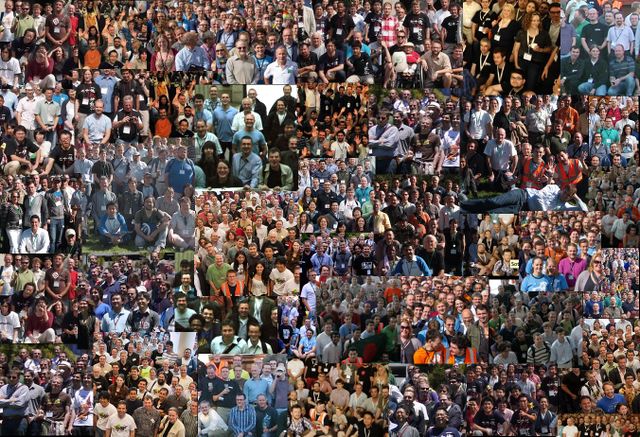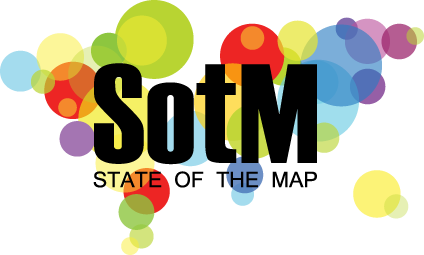Last weekend OpenStreetMap turned 11 years old, and we celebrated the birthday in Passau, Fukushima, Moscow, Chennai, Taipei, Bengaluru, Beijing, Zurich and London!

The 11th birthday cake arriving for the party in Bengaluru
In London this coincided with the OpenStreetMap hack weekend event. Developers came together to do technical work on OpenStreetMap, this time with a “mobile” theme. You can read more about the event on the wiki. Thanks to Rob Nickerson who listed out the various things we worked on. He visited from Birmingham, and then wrote it up on the OSM birmingham blog. We even had a write up on the Ordnance Survey blog, because the event was hosted at the ordance survey “Geovation Hub“. A fantastic venue! We hope to be back there some time, and we hope to see more collaboration between OpenStreetMap and the UK national mapping agency. Also thanks for the pizzas PIE mapping.
Of course technical developments in and around OpenStreetMap are taking place all the time all over the world. These include external applications such as mobile apps, and improvements to more core components. Just today Paul Norman released osm2pgsql version 0.88.1 for example. Several of our contact channels are dedicated to development work, and the engineering working group are keen to find ways of getting more developers involved.
So if you missed the hack weekend or you missed out on the birthday cake, don’t dispair! There’s lots of ways to get involved in OpenStreetMap.


